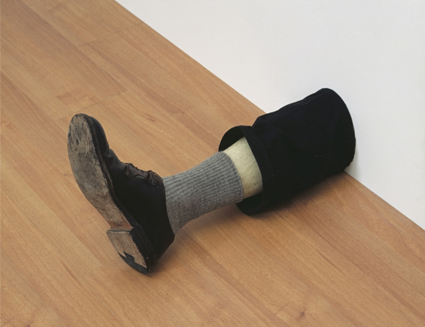It was brought to London in 1820 by a showman called William Bullock and advertised as ''Monsieur Jer-ricault's sic great picture, 24 feet long by 18 feet high, representing the Surviving crew of the Medusa, French Frigate, on the Raft, just descrying the vessel that rescued them from their dreadful situation.'' Admission to the Egyptian Hall, Piccadilly, where the painting was on view for six months, was a shilling, and enough money was taken to encourage at least one spin-off: the play of the painting, so to speak, ''a new Melo- drama'', as the billboards outside the Coburg Theatre put it, ''called The Shipwreck of the Medusa or The Fatal Raft.''
Bullock's Egyptian Hall is long gone, and the travelling days of the Medusa are, also, over. Darkened by time and by the artist's injudicious admixture of bitumen to his pigments, it is now deemed too fragile to leave the Louvre. It might not exactly be showbusiness, these days, but still it pulls the crowds. Even the most determinedly quick-stepping tourists tend to pause before it, if only for a moment, as though somehow troubled by this enigmatic image of marine struggle under storm- darkened skies.
Theodore Gericault was born 200 years ago and died at the age of 31. The Medusa is one of only three paintings by his hand to have been exhibited during his own lifetime. It is absent from the magnificent retro-spective of his art at the Grand Palais, but that is no bad thing. The 300 or so works assembled prove that Gericault was far, far more than the tragically unfulfilled prodigy, the one- painting master of popular myth. He is confirmed as a giant of art, a colossus standing on the far shore of modernity.
The Grand Palais show opens on a void. You...



